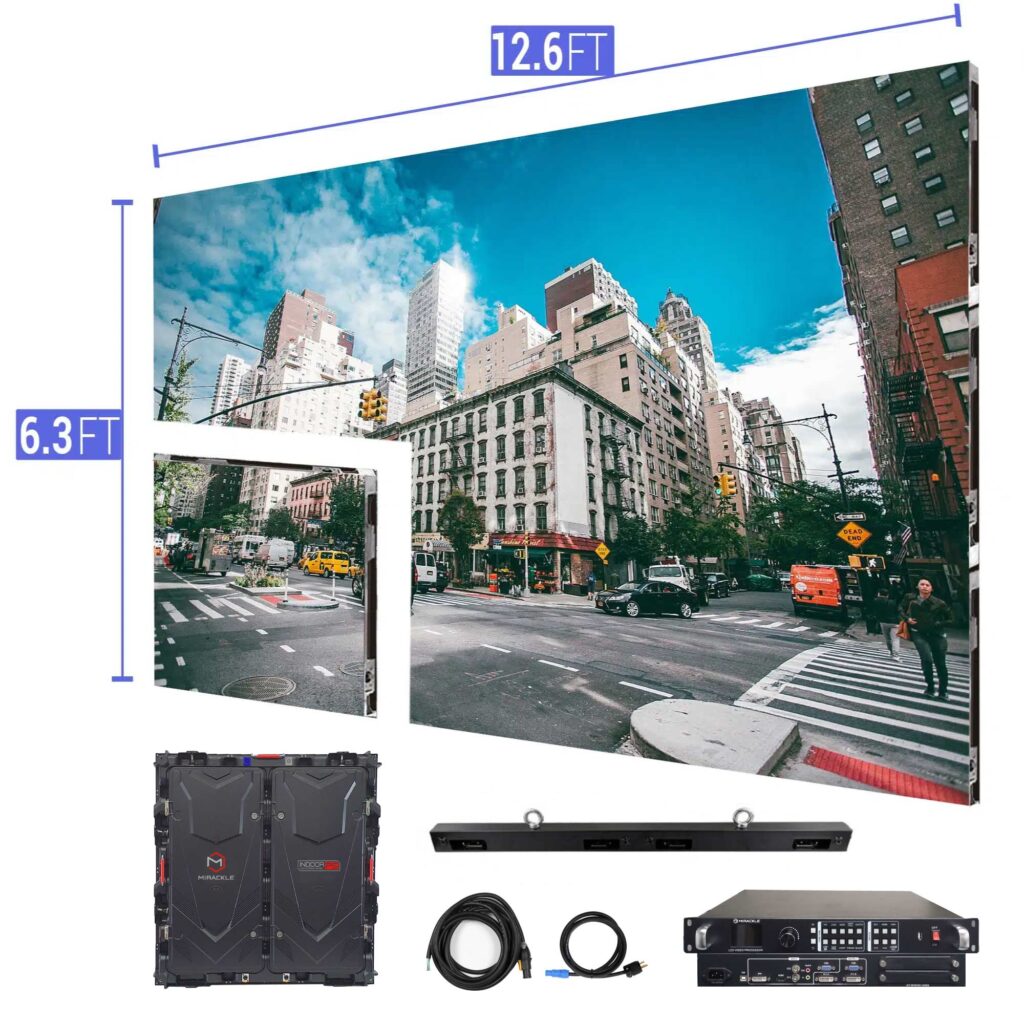Enhancing Visual Effect Through Tactical Content Timing in LED Display Performance
Wiki Article
Maximizing aesthetic effect throughout light-emitting diode screen shows demands meticulous preparation plus tactical visual timing. Light-emitting diode screens are potent tools for visual storytelling, often utilized in concerts, events, plus displays. The effectiveness of these displays depends not only just upon the caliber of the images yet additionally upon the manner plus timing they are presented. By understanding the audience's attention span and the flow of the event, organizers can create a more captivating experience that captivates viewers and enhances the total show.
One key element of tactical visual timing is scheduling. It is vital to synchronize the images to the beat and tempo of the show. For example, in the course of a musical performance, visuals should complement the beat and atmosphere of the melody. This alignment helps to create a unified encounter that pulls the viewers closer. Additionally, it is crucial to take into account the length of each image clip. Short, impactful clips can maintain audience engagement, while extended visuals may be suitable for moments of reflection or sentimental bonding. By altering the length and intensity of the images, event planners can maintain the audience engaged throughout the show.

Another crucial factor is the content in question. The images shown on the LED wall should be relevant to the theme of the performance. This pertinence aids to reinforce the message being conveyed plus renders the encounter more unforgettable for the viewers. For example, if the performance is about environmental awareness, using visuals that depict the environment and animals can amplify the narrative. Furthermore, incorporating dynamic elements, such as motion graphics or engaging visuals, can add excitement and keep the audience's attention. The right content, presented at the right moment, can considerably view website enhance the impact of the performance.
Audience engagement is also a crucial consideration in content scheduling. Understanding the demographics and preferences of the audience can guide the selection of visuals. For example, a younger crowd may react better to bright hues and quick animations, while an older audience might value more subtle and sophisticated visuals. By tailoring the content to the audience's interests, event planners can craft a more tailored encounter that connects with viewers. Additionally, incorporating audience participation, such as live polls or social engagements, can additionally improve involvement and render the show more engaging.
Finally, assessing the efficacy of the visual scheduling is crucial for upcoming shows. Collecting feedback from the audience can offer insightful insights into what was effective successfully and what could be improved. This information can help organizers refine their approaches and make informed choices for future performances. By constantly evaluating and adapting the content scheduling approach, event planners can amplify the aesthetic effect of light-emitting diode wall performances and create unforgettable encounters for their viewers.